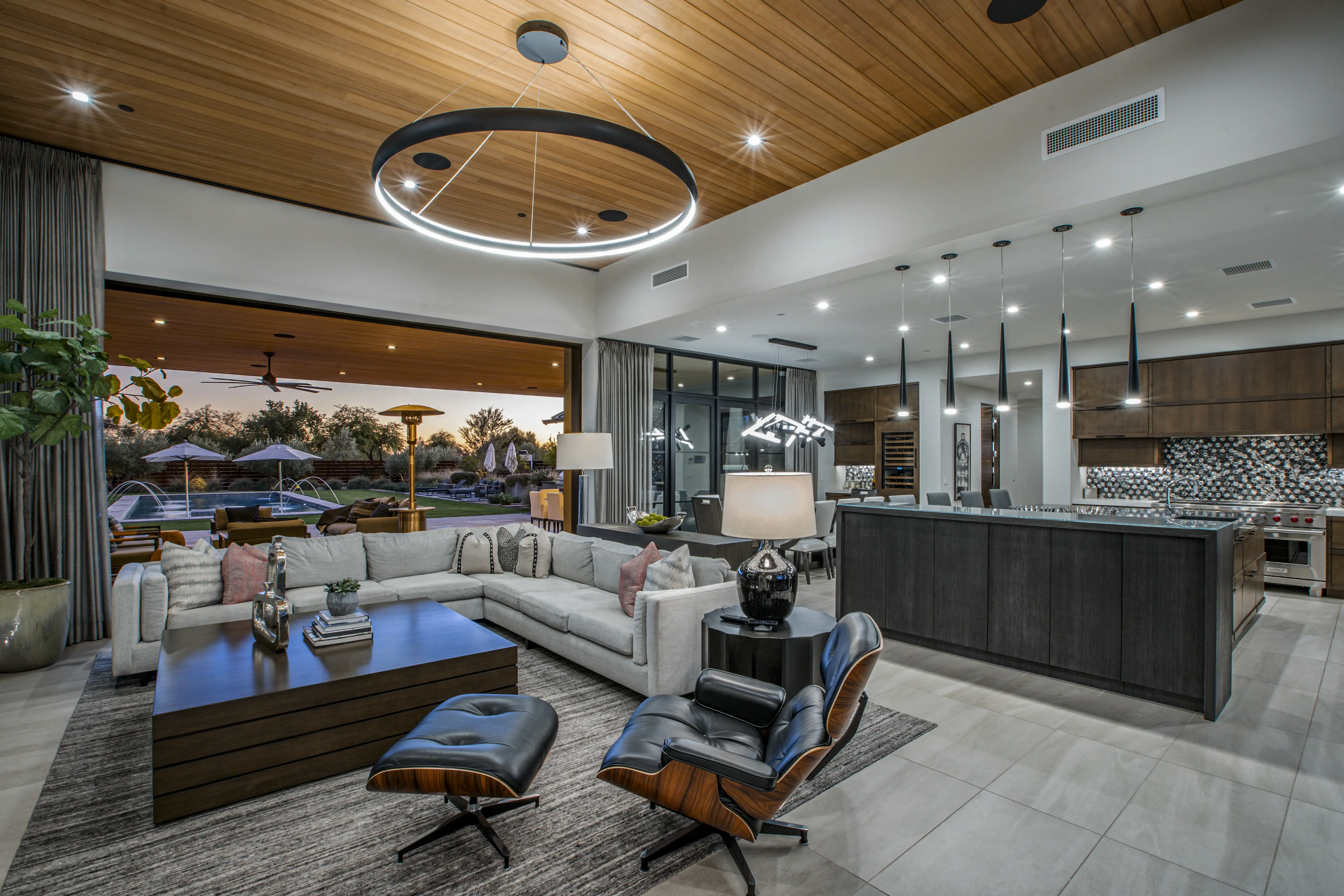Five Simple Ideas for a Sustainable Home Renovation
.avif)
There’s no getting around it: the construction industry isn’t exactly known for being environmentally-friendly. It’s something that’s always on our minds, as we guide homeowners in making decisions that are good for both their family and our world. The good news is that today we have more options than ever for sustainable design and build practices, and it’s on all of us to make those choices thoughtfully. As designers at Story, we work hard to incorporate environmentally-friendly design elements into our renovation projects without compromising on function or aesthetics.
Sure, solar panels are top-of-mind for many homeowners, and they’re an excellent option if they fit within your budget. But there are multiple other ways to optimize for a green renovation – and many of them won’t cost you anything extra. Sustainability is one of the top home design trends in 2022, and we suspect it’s here stay. Check out some of our best tips for homeowners who are considering an eco-friendly home renovation:
1. Green Flooring
Eco-friendly flooring doesn’t have to be blah. The linoleum floors of decades past have been traded out for elegant, durable options that you’d never guess are good for the environment, too. (In fact, linoleum is making a comeback in a big way as an alternative to vinyl – and it’s exponentially better than it once was!) When you’re considering flooring options, think about where the materials come from, how they’re produced, and how they’ll evolve over time within your home. Among the most popular choices are renewable resources like cork and bamboo, as well as recycled materials like glass tile and reclaimed wood. Environmentally-friendly flooring has come a long way in recent years, allowing you to achieve nearly any style, from sleek modern to shabby chic. Story Renovations clients will have the opportunity to visit our showroom and review flooring selections in-person, where our designers can guide you on the most sustainable options.
2. Low-Flow Plumbing Fixtures
Regulated by the EPA, these high-efficiency plumbing fixtures will reduce your water consumption and can even lower your energy bill by using less hot water. You can also rest assured that low-flow shower heads and faucets don’t necessarily sacrifice water pressure, so you can still enjoy that invigorating high-pressure morning rinse. One particularly impressive stat? Low-flow toilets use less water with each flush, saving up to 4.5 gallons of water every time you go! There are a variety of fixture options within this category, so check in with your designer about which low-flow plumbing selections would work best in your home.
3. Eco-Friendly Lighting Solutions
The most sustainable lighting source is all around us: the sun! Finding ways to maximize natural sunlight will not only help your home feel brighter and more cheerful, but it’s also a big win for the environment. Adding skylights and extra windows – especially south facing – will let in more sunlight, which helps you avoid the use of artificial lighting and can keep your home warmer in the winter. If a skylight is impractical or unaffordable, sun tunnels are another creative solution for bringing natural light into a dark space. And when it comes to artificial lighting, opt for LED bulbs whenever possible – they’ll last longer and are 80% more energy-efficient than fluorescent or incandescent lights.
4. No- or Low-VOC Paint
VOC stands for Volatile Organic Compound, which, according to the EPA, describes materials that emit gasses containing chemicals that can cause serious health problems. Doesn’t sound very enticing, does it? Unfortunately, VOCs can be found in many common household materials and products. You may have heard of (and try to avoid) formaldehyde, for example. One of the most common places where VOCs are found at home is in paints and varnishes. Opting for a no- or low-VOC paint is a no-brainer to protect both your family and the environment from the emission of harmful chemicals. Most well-known paint brands – like Benjamin Moore, Behr, and Sherwin Williams – have specific lines that meet these standards, so be sure to read the labels or chat with your contractor about your options. As a general rule of thumb, low-VOC paint should have VOC levels of less than 50 g/L, while no-VOC paint will have less than 5 g/L.
5. Energy-Efficient Appliances
Large appliances are one of the biggest sources of home energy usage, including refrigerators, freezers, dishwashers, laundry machines, and dehumidifiers. Keep in mind that these appliances have two price tags: what you pay for the machine and what you pay in energy and water costs to operate the machine. We love smart, tech-enabled appliances that also look stunning in your home – and the good news is that you don’t have to compromise when you prioritize sustainability. Choose appliances that are certified by ENERGY STAR, an indicator that the appliance has been rated to meet a high standard for environmental efficiency requirements set by the EPA.
—
Interested in exploring a sustainable home renovation? Let’s chat! Our designers are experts in sourcing eco-friendly finishes and fixtures that are both practical and stylish. We’ll work closely with you to prioritize sustainable solutions and intentional floor plans, all while staying within your remodel budget. Schedule a free consultation to get the conversation started!



